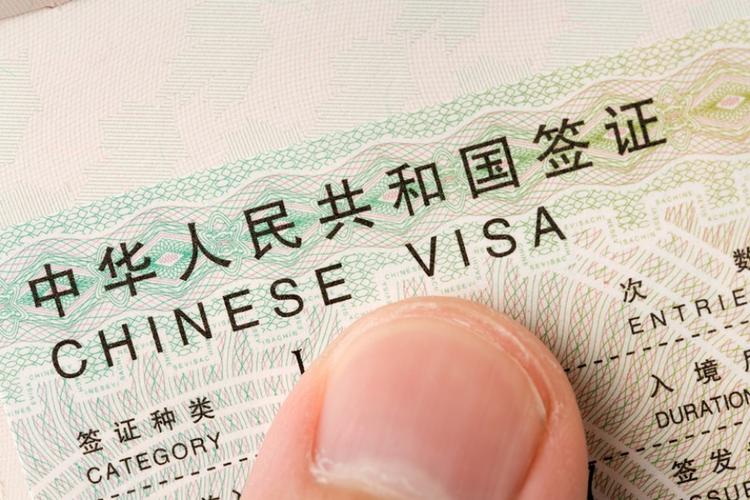
If you’re planning to visit China—for tourism, business, work, study, or family reasons—understanding the different visa types is essential. China issues various categories of ordinary visas, each designed for specific purposes and stay durations. Below is a breakdown of all 12 ordinary visa types, their uses, and application notes.
1. L Visa – Tourist Visa
Issued to foreigners entering China for tourism or visiting friends and family. This is the most common visa type for short-term travelers.
- Purpose: Sightseeing, personal visits
- Typical Duration: 30 days (can be extended)
- Requirements: Travel itinerary, accommodation booking, round-trip ticket
2. M Visa – Business Visa
For those traveling to China for commercial or trade-related activities, such as attending meetings, trade shows, or negotiations.
- Purpose: Business visits, market research
- Requirements: Invitation letter from a Chinese company
3. Z Visa – Work Visa
Required for foreigners who are employed or working legally in China, including teachers, professionals, and technical staff. A residence permit must be obtained after arrival.
- Purpose: Full-time employment in China
- Requirements: Work Permit Notice and employer invitation
4. X Visa – Student Visa
Issued to foreigners coming to China for education or training. There are two sub-types:
- X1 Visa: For long-term study (over 180 days)
- X2 Visa: For short-term study (less than 180 days)
- Requirements: Admission letter from a Chinese school/university and a JW201 or JW202 form
5. F Visa – Non-Commercial Visit Visa
Used for academic exchanges, research, cultural visits, lectures, and inspections that are not primarily for profit.
- Purpose: Non-commercial cultural or scientific visits
- Requirements: Invitation letter from a host institution
6. Q Visa – Family Reunion Visa
For family members of Chinese citizens or foreign residents in China. There are two types:
- Q1 Visa: For long-term stays (over 180 days)
- Q2 Visa: For short-term visits (under 180 days)
- Purpose: Family reunification, parental care
- Requirements: Proof of kinship (birth certificate, marriage certificate, etc.)
7. S Visa – Private Visit/Dependent Visa
Granted to family members of foreigners working or studying in China, or to those coming for private matters.
- S1 Visa: Long-term stay (over 180 days)
- S2 Visa: Short-term stay (under 180 days)
- Purpose: Visiting relatives, handling private affairs
- Requirements: Proof of relationship with the visa holder
8. G Visa – Transit Visa
For passengers transiting through China en route to another country. This is different from the visa-free transit policies and must be applied for in advance.
- Purpose: Layover or stopover within China
- Requirements: Valid visa and onward ticket to a third country
9. C Visa – Crew Visa
Issued to crew members of international transportation vehicles, such as airplanes, ships, and trains, as well as their accompanying family members.
- Purpose: Airline, shipping, and railway crew duties
- Requirements: Official letter from the transportation company
10. J Visa – Journalist Visa
For foreign journalists and media professionals. There are two sub-types:
- J1 Visa: Long-term journalists (resident reporters)
- J2 Visa: Short-term journalists (temporary coverage)
- Requirements: Approval from Chinese authorities and press credentials
11. R Visa – High-Level Talent Visa
Designed for foreign professionals recognized as high-level talent or specialists urgently needed by China in science, technology, business, or education.
- Purpose: Short- or long-term work in specialized fields
- Requirements: Talent recognition or employer invitation
12. D Visa – Permanent Residence Visa
Issued to foreigners who have been granted permanent residency in China.
- Purpose: Permanent residence
- Requirements: Certificate of Permanent Residence in the PRC
Final Thoughts
Choosing the correct Chinese visa type is crucial for a smooth entry and stay in the country. Always check with the Chinese embassy or consulate in your region for the latest requirements, as visa rules can change. Whether you’re traveling for a short visit or planning to live and work in China, applying with the right documents will help avoid delays and complications.
Need help applying for the right visa or understanding the documentation process? Stay tuned for our Chinese Visa Application Guide next.











Leave a comment: